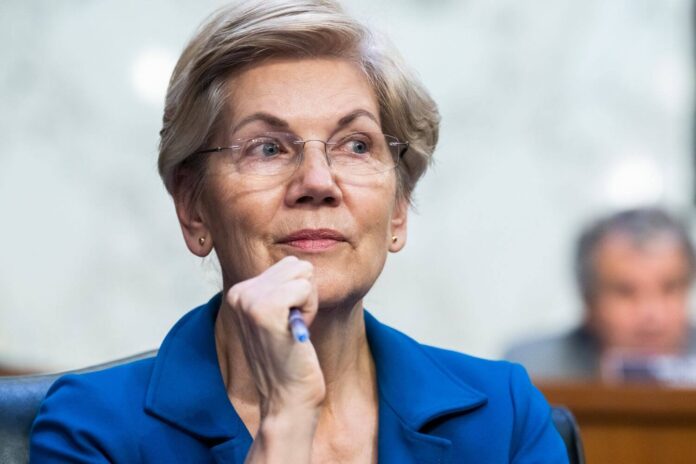Congressional Democrats, led by Senator Elizabeth Warren (D-MA) and Representative Robert Garcia (D-CA), have introduced the Build Green Act. This progressive legislation proposes a staggering $500 billion investment over the next ten years to revamp the United States’ transportation sector—the largest contributor to the nation’s greenhouse gas emissions. This initiative represents a significant pivot from the traditional focus on roads and bridges, aiming instead to propel the nation towards a more sustainable and equitable transportation future.
Transportation currently accounts for 28% of U.S. carbon emissions, with figures showing a disturbing increase rather than the needed decrease. Despite some progress in reducing emissions across other sectors, transportation emissions in 2022 were alarmingly 19% higher than in 1990. The Build Green Act seeks to reverse this trend by funding cleaner, greener transportation options that can significantly reduce the United States’ carbon footprint.
Senator Warren emphasized the urgency of this shift, stating, “The time to accelerate towards a clean energy future is now. Modernizing our transportation grid will pump billions into the economy, create green union jobs, and safeguard against the worst effects of climate change. That’s good news across the board.”
The proposed bill not only echoes the ambitious visions of Biden’s initial “Build Back Better” plan but also seeks to correct the course after previous compromises significantly diluted the focus on green infrastructure in favor of more traditional projects. The Infrastructure Investment and Jobs Act of 2021, for example, slashed proposed investments in electric vehicles from $174 billion to just $7.5 billion, reflecting a stark departure from initial clean energy goals.
Under the new Build Green Act, a minimum of $150 billion is earmarked specifically for public transportation projects like subways, light rails, and bus rapid transit systems. This funding is enough to cover the full cost of every current project listed on the Federal Transit Administration’s Capital Investment Program Dashboard. Furthermore, the bill instructs the Department of Transportation to prioritize projects that reduce air pollution and greenhouse gas emissions, favoring collective transportation solutions over individual vehicle use.
This legislation comes at a critical time when climate advocates warn of a “climate time bomb,” with projected additional emissions of 69 million metric tons of CO2 by 2040 if current trends continue. Projects such as the proposed $12 billion expansion of Interstate 45 in Houston illustrate the types of developments that exacerbate environmental injustice and increase emissions, displacing communities and contributing to climate change.
The Build Green Act also introduces significant social equity measures, ensuring that at least 30% of total grant funds are directed towards rural areas and 40% towards disadvantaged communities disproportionately affected by pollution and environmental hazards. Furthermore, the bill stipulates robust labor provisions, including requirements for prevailing wages, local hiring, and protections against the misclassification of workers.
Despite the current political climate, with a divided Congress and skepticism about climate change among some members, proponents of the Build Green Act are determined to lay the groundwork for significant policy shifts. As we approach the expiration of the current surface transportation authorization in 2026, the urgency to adopt a more sustainable and equitable framework for future transportation funding becomes increasingly apparent.
The Build Green Act represents not just a policy proposal but a vision for the future—a future where transportation not only meets the needs of the community but also aligns with the urgent demands of climate science. It’s a bold step towards transforming how America builds, thinks, and moves; a step that could lead the way to a greener, cleaner world.



